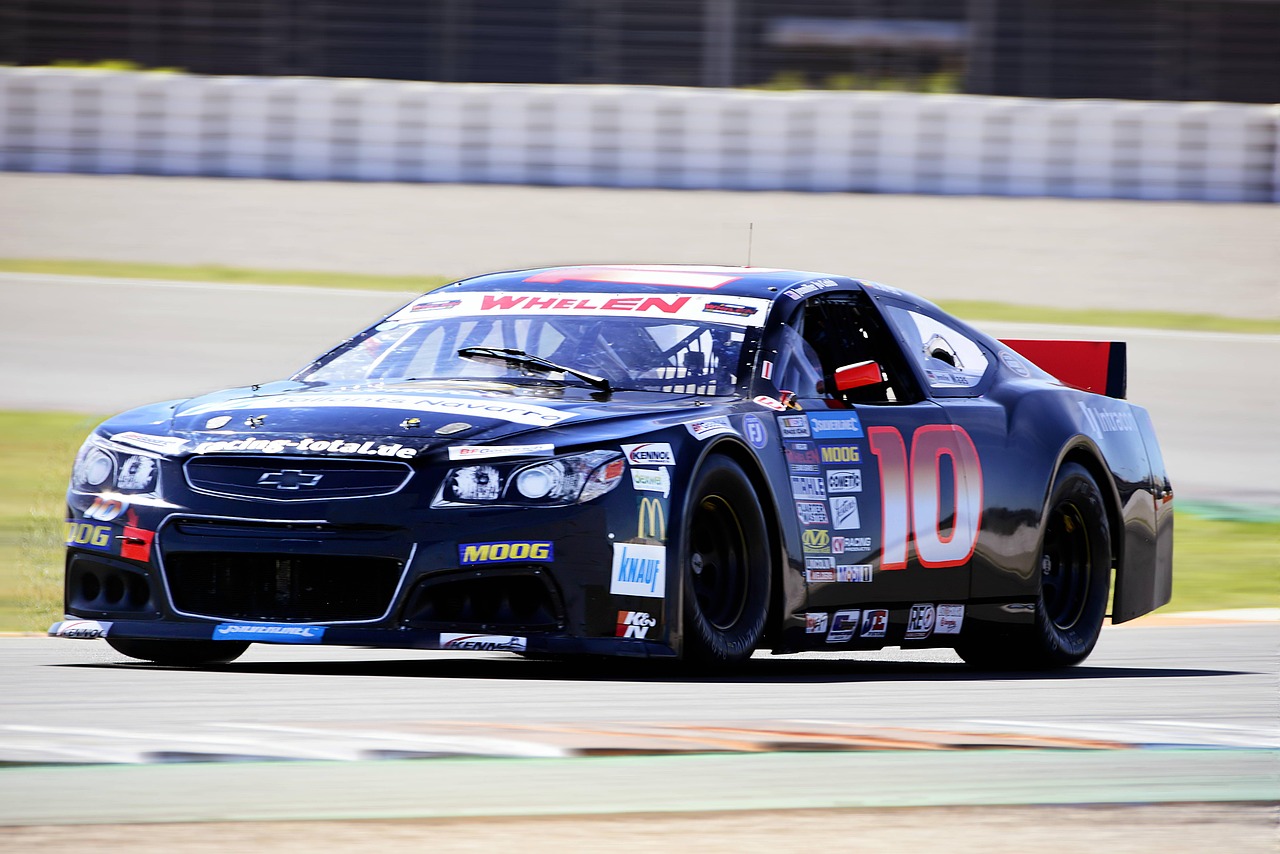
For many motorsport enthusiasts, the roar of high-performance engines, the scent of burnt rubber, and the adrenaline rush of racing are more than just thrills—they’re a calling. While it may seem like the world of NASCAR is only accessible to a select few who started young, the door isn’t closed to late starters. With commitment, strategy, and perseverance, it’s entirely possible to build your own path into the world of stock car racing.
Start Local: Visit the Track
Your journey begins at the grassroots level. Find your nearest local racetrack—whether asphalt or dirt—and get a pit pass if available. This gives you behind-the-scenes access where you can connect with drivers, pit crews, and officials. These individuals can provide invaluable insight into the local racing community and offer guidance on how to get started.
Be respectful and approachable; most people in the pits are willing to share their knowledge if you catch them at the right moment. Ask about minimum age requirements and any beginner programs they may offer. Many tracks have age limits lower than the legal driving age, especially for junior classes.
Begin with Go-Karts
For kids too young to jump behind the wheel of a full-size race car, go-karting is often the first step. Local karting associations offer a structured way to develop fundamental driving skills. Karting helps young drivers learn racecraft, vehicle control, and track awareness—all crucial skills for climbing the motorsport ladder.
Move Up to Entry-Level Cars
After mastering go-karts, the next progression is into entry-level cars such as Legends cars or Bandoleros. These vehicles are designed for young or new drivers and serve as a stepping stone into full-sized race cars. From there, aspiring drivers often advance into late models, street stocks, or modifieds, which are more powerful and more competitive.
NASCAR itself has a developmental system that mirrors this progression, featuring regional and national series designed to prepare drivers for the highest levels of the sport.
Learn the Mechanics
To stand out, understanding the technical aspects of a race car is key. Even a basic knowledge of car tuning and mechanical systems can help you communicate better with your crew and improve your performance on the track. Drivers who can give detailed feedback about their vehicle’s behavior gain a competitive edge when it comes to setting up the car.
Hard work and hands-on experience will pay off. Talent is important, but it needs to be supported by discipline, continuous learning, and yes—funding. Racing is expensive, and personal investment is often necessary, especially in the early stages.
Physical Fitness Matters
NASCAR drivers need to be in top physical condition. Despite being seated for most of the race, drivers endure extreme heat and G-forces, requiring core strength, endurance, and quick reflexes. Additionally, lighter drivers can sometimes have an advantage due to car weight ratios, making fitness and body composition part of the competitive equation.
Build Your Brand and Find Sponsors
Racing talent alone won’t carry you to the top—you need financial backing. Sponsorship is essential, and building a personal brand plays a huge role in attracting it. That means having a strong presence online and in the community. Networking, whether on social media or in person, is a must.
Sponsors look for drivers who can represent their brand with confidence and professionalism. A good education and communication skills help drivers speak clearly on camera, connect with fans, and market themselves effectively.
Attend Racing School and Get Licensed
Professional training is the final piece of the puzzle. Enroll in a reputable racing school to refine your skills and gain access to competitive licenses. These programs teach advanced techniques and safety protocols while giving you the credentials to race in higher-level events.
For instance, to compete on superspeedways at the national level, you’ll need to accumulate experience through series like ARCA. These laps are crucial not only for licensing but also for gaining the confidence and credibility required to make it in NASCAR.